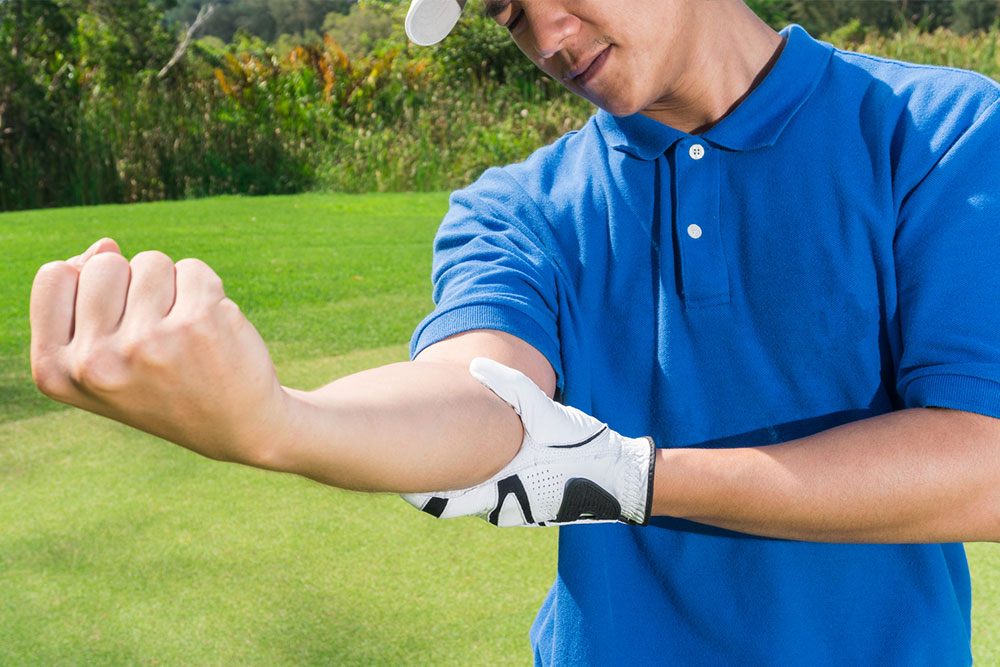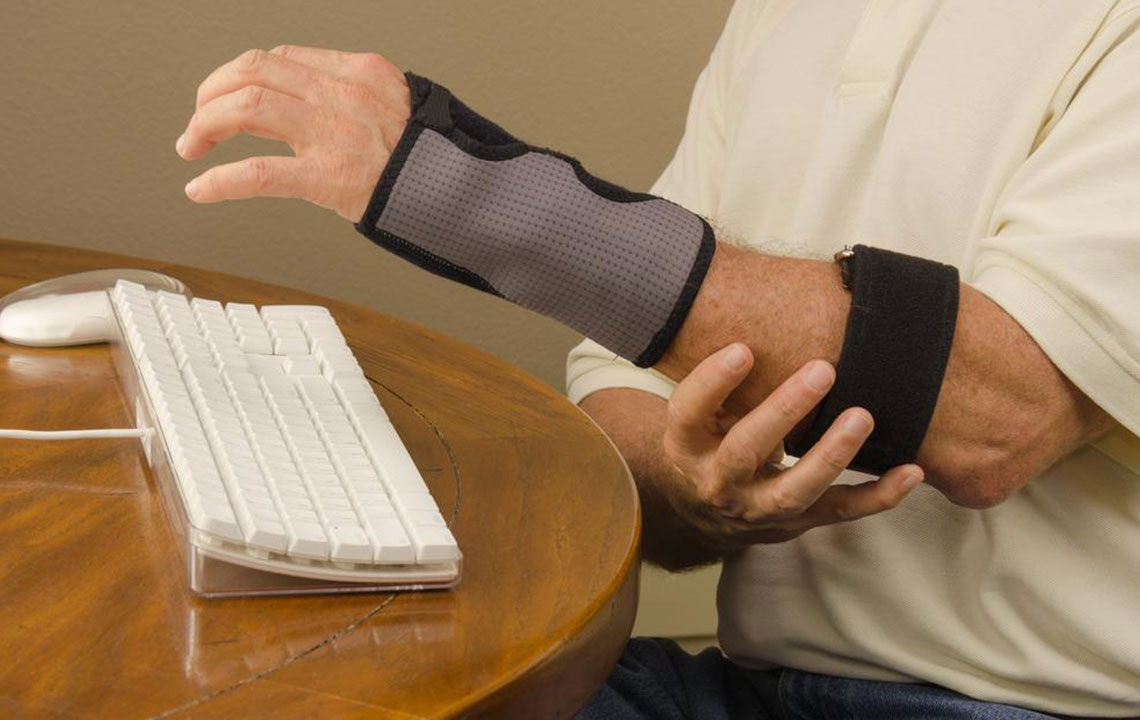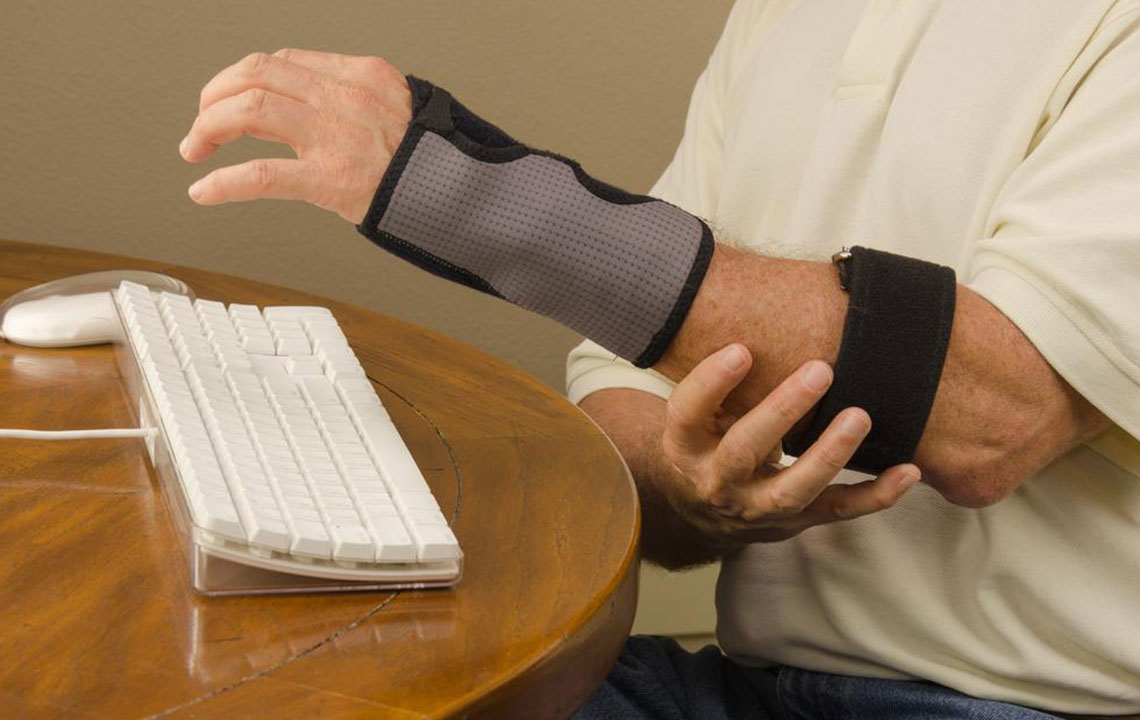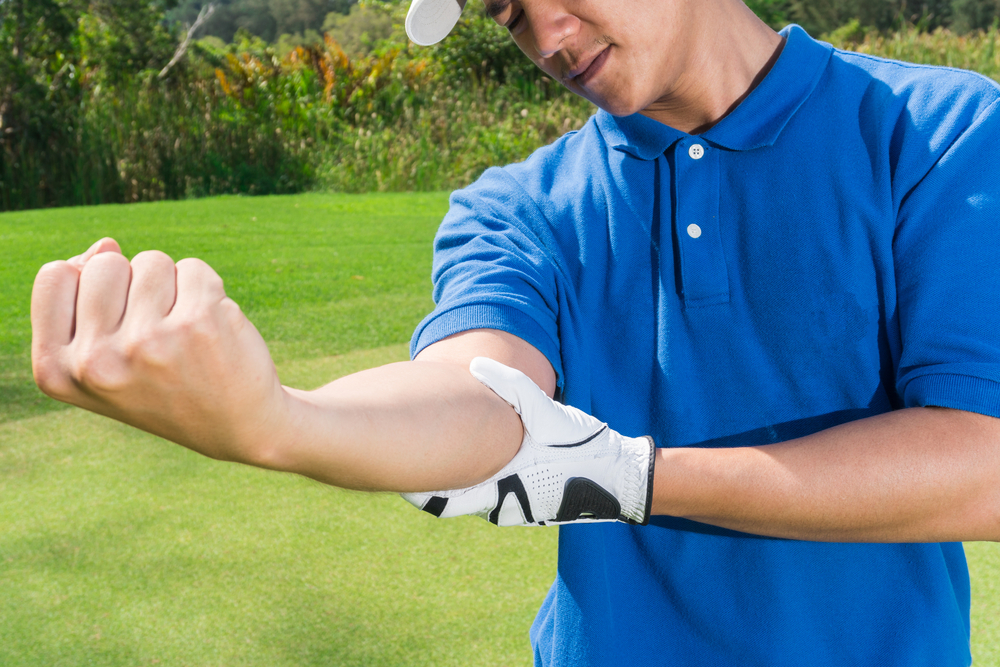Comprehensive Guide to Choosing the Perfect Tennis Elbow Support for Optimal Recovery
This comprehensive guide provides detailed insights into selecting the best tennis elbow support to promote healing, reduce pain, and prevent chronic injury. It covers various types, features, and tips for effective support, making it essential reading for athletes and individuals prone to elbow issues. Proper support choice not only aids recovery but also enhances overall elbow health, ensuring faster return to daily activities and sports while minimizing the risk of recurrence.

Comprehensive Guide to Choosing the Perfect Tennis Elbow Support for Optimal Recovery
Tennis elbow, medically known as lateral epicondylitis, is a common overuse injury characterized by pain and tenderness on the outer part of the elbow. This condition arises due to repetitive movements and strain on the tendons connecting the forearm muscles to the lateral epicondyle of the elbow. Individuals engaged in racquet sports, manual labor, or activities involving frequent arm and wrist motions are particularly susceptible. If not managed properly, tennis elbow can significantly impair daily activities and hinder athletic performance. Fortunately, selecting the correct tennis elbow support can significantly improve healing, provide relief from pain, and prevent further injury.
Tennis elbow typically manifests through symptoms such as pain during arm extension, gripping objects, wrist movements, and sometimes even persistent discomfort at rest. The severity can range from mild discomfort to intense pain that limits mobility. Treatment approaches often include physiotherapy, rest, cold therapy, anti-inflammatory medications, and the strategic use of specialized braces or supports designed to alleviate strain on the affected tendons. These supportive devices work by providing compression, stabilizing the elbow, and reducing the tension on inflamed tissues, thus fostering a conducive environment for healing.
Choosing the right brace is essential for effective recovery. An improperly fitted brace or a low-quality support can cause discomfort, restrict movement unnecessarily, or fail to provide the necessary relief. Therefore, understanding the types, features, and proper sizing of tennis elbow supports can make a significant difference in the treatment process. It is crucial to select a support that offers durability, comfort, breathability, and targeted support to ensure both effective healing and daily comfort.
How Tennis Elbow Braces Enhance the Healing Process
Wearing a quality tennis elbow brace plays a vital role in managing the condition. These supports work by providing compression to the forearm muscles and tendons, which helps reduce swelling and inflammation. Additionally, they absorb some of the forces exerted during arm movements, thereby decreasing the strain on injured tissues. Proper support during activity minimizes the risk of aggravating the injury and promotes faster recovery. It’s important to select a brace that offers a snug yet comfortable fit to effectively distribute pressure and avoid slipping or discomfort during use.
Moreover, a well-designed brace can prevent further injury by stabilizing the joint and limiting excessive or abrupt movements that could worsen the condition. When combined with other treatment modalities such as physiotherapy and proper activity modification, tennis elbow supports can significantly accelerate the healing process and restore functional mobility.
When selecting an elbow support, several critical factors should be considered. Material quality is paramount; breathable, flexible, and washable fabrics ensure comfort during prolonged wear and make maintenance easier. The size and fit of the support are equally important; an ill-fitting brace may cause discomfort or insufficient compression. Accurate measurement of your arm circumference at the widest part of the forearm can help determine the most appropriate size.
Additional features like adjustable straps, gel inserts, or extra padding can enhance comfort and customize support based on individual needs. For active users or athletes engaging in sports, supports with extra stability features or sports-specific designs are preferable. Lifestyle considerations—such as whether the brace will be worn during daily activities, exercise, or physiotherapy sessions—also influence the choice. Durable materials that can withstand frequent washing and intense use are beneficial for long-term support.
Types of Tennis Elbow Supports and Their Uses
Tennis Elbow Straps - Compact, elastic devices that wrap around the forearm to compress the tendons. They are lightweight, discreet, and ideal for mild to moderate pain or day-to-day activities. However, they may not provide adequate support for high-impact sports or severe injuries.
Tennis Elbow Sleeves - These are full-coverage supports that extend from the forearm to the upper arm, offering gentle compression and muscle support. Suitable for chronic conditions, high-repetition activities, or preventive use in at-risk individuals, they provide comfort and range of motion while reducing strain.
Epicondylitis Clips - These are specialized, often high-precision devices with targeted clips that are designed to address specific pain points. They provide firm support during intense activities such as racquet sports or weightlifting. Due to their high stability, they may be less comfortable for prolonged wear and tend to be more expensive, but they deliver targeted relief where needed most.
Preventive Measures and Tips for Managing Tennis Elbow
Preventing tennis elbow or preventing its recurrence involves a combination of proper technique, appropriate equipment, and strategic support. Wearing a suitable brace at the earliest sign of discomfort can help avoid severity escalation. It is equally important to incorporate stretching and strengthening exercises designed to improve forearm muscle resilience. Correct technique during sports or repetitive work tasks reduces undue stress on tendons.
Even with supports and preventive measures, it is important to recognize that braces are not cure-alls. If symptoms persist beyond a few days or worsen over time, consulting a healthcare professional is essential. An accurate diagnosis and tailored treatment plan, which may include physiotherapy, medication, or other modalities, provide the best chance for full recovery.
Overall, selecting the right tennis elbow support—coupled with appropriate medical advice—can significantly influence the speed and effectiveness of your recovery process. Whether you’re managing a current injury or aiming to prevent future problems, understanding your options and using supports properly enhances your chances of returning to full activity swiftly and safely.




